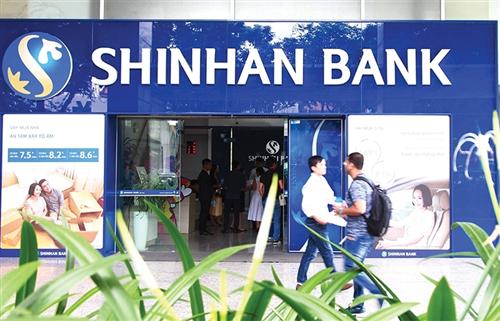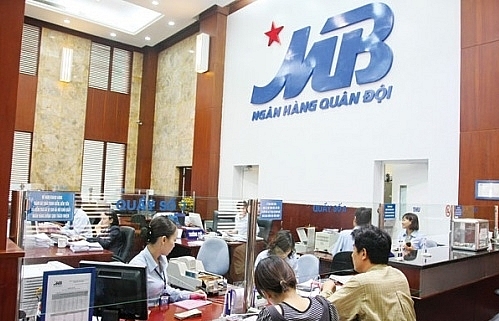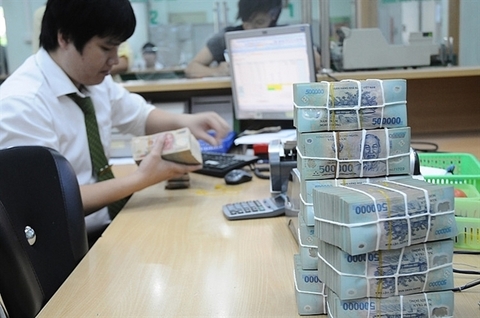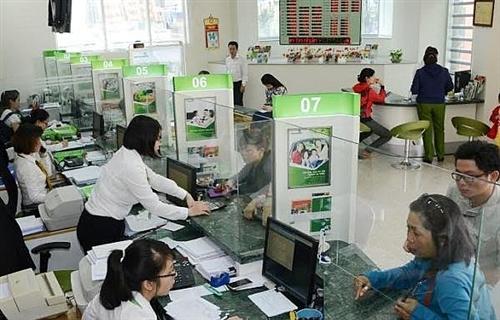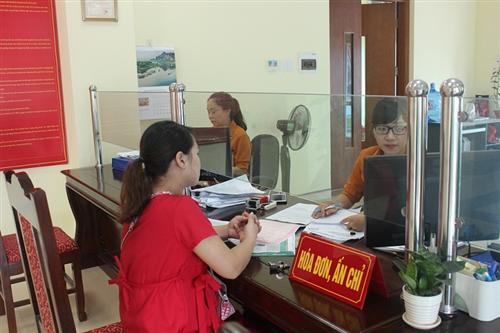Vietnamese banks see improved solvency
Vietnamese banks see improved solvency
Banks in Viet Nam posted solid profit growth and asset quality improvements in 2019, benefitting from the country's robust macro-economic environment, Moody's Investors Service said. 
Under a new report released on Monday, the international rating agency said solvency improvements of the banks have peaked.
The agency predicted that the banks’ capitalisation and asset quality would stay at current levels in 2020. Improvements in profitability will slow overall, as competition drives up funding costs
"For 2020, capitalisation will broadly stabilise, as assets grow at a similar pace to the rate of internal capital generation," says Rebaca Tan, a Moody's Assistant Vice President and Analyst. "As for asset quality, any improvements will be limited."
Moody's points out that downside risks to asset quality can arise from disruptions caused by the coronavirus outbreak, which, if prolonged, will lead to increases in non-performing loans in the manufacturing, trade and other sectors, given Viet Nam's large exposure and close ties to global supply chains.
"As for profitability, the gap will widen between banks that have adopted the new Basel II capital standards and those that have not," adds Tan.
In particular, Moody's expects that in 2020, the country's central bank will grant higher limits for loan growth to banks that have adopted Basel II and maintain good financials. The higher growth limits will translate into larger gains in earnings and widen the profitability gap between banks that have and have not adopted the new capital standard.
According to Moody's, its analysis is based on the latest released results of 16 Vietnamese banks, which together accounted for 61 per cent of total banking system assets at 30 June 2019.







